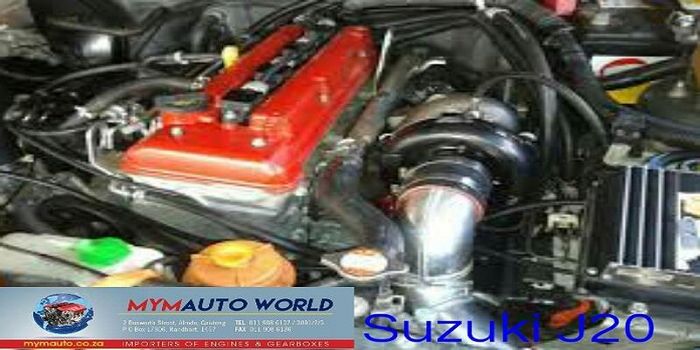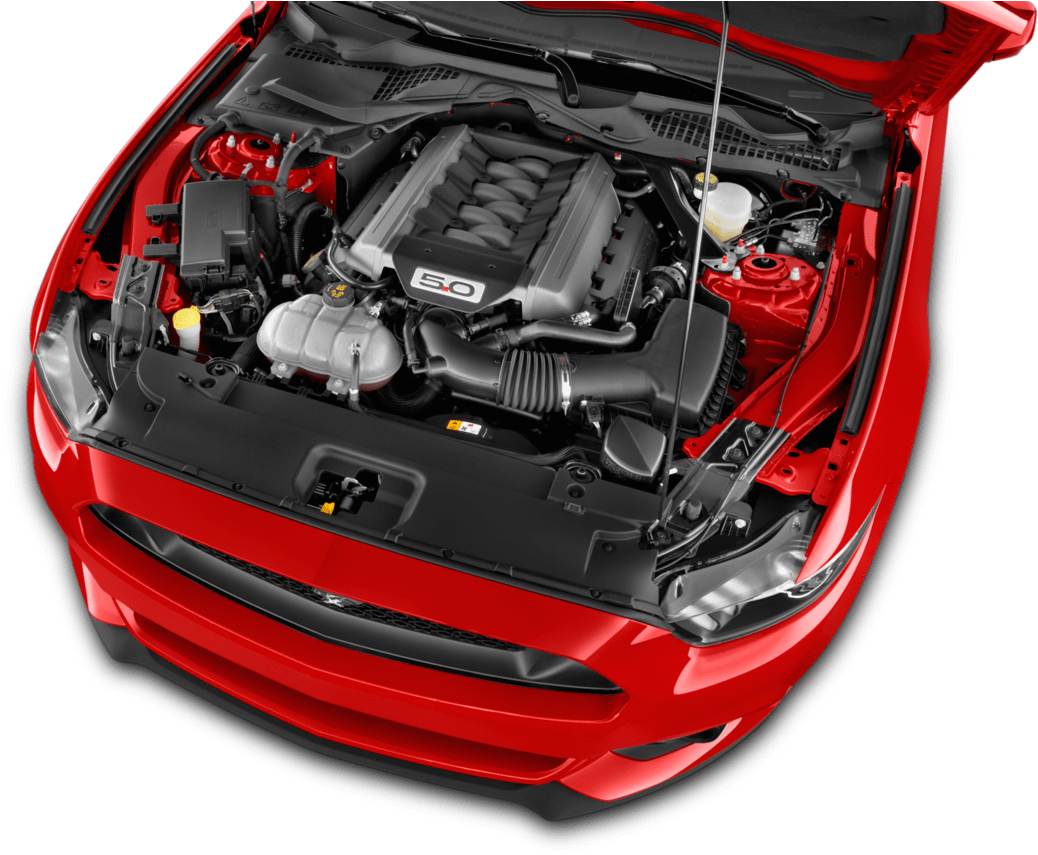Import Engines: Top Suppliers and What to Look For
Import Engines: Top Suppliers and What to Look For
Blog Article
Discovering the current Technical Innovations in Import Engines and How They Enhance Driving Experience
In the realm of automobile design, the landscape of import engines is undertaking an extensive change driven by sophisticated technological advancements. From the development of turbocharged engines to the combination of hybrid technology, the most up to date innovations are revolutionizing the driving experience in methods previously unimaginable. As import manufacturers push the limits of performance and efficiency via enhanced fuel shot systems and sophisticated engine monitoring services, the inquiry occurs: How do these advancements really affect the means we engage with our lorries on the roadway?

Advancement of Turbocharged Engines
In the automobile sector, the development of turbocharged engines has actually dramatically transformed the landscape of efficiency and performance. Turbocharging, once mainly seen in high-performance sports cars, has now become a mainstream technology embraced by a wide variety of automobiles, from small hatchbacks to high-end cars. The fundamental concept behind a turbocharged engine is straightforward yet efficient - forcibly more air into the combustion chamber, it permits even more gas to be burned, causing enhanced power outcome.
One of the crucial advantages of turbocharged engines is their capacity to deliver even more power from smaller, a lot more fuel-efficient engines. This scaling down trend has actually caused a reduction in emissions without compromising efficiency, making turbocharging an attractive alternative for car manufacturers making every effort to fulfill rigid environmental laws. Turbocharged engines supply enhanced torque at reduced RPMs, providing vehicle drivers with a much more receptive and vibrant driving experience.
As modern technology remains to development, we can anticipate further innovations in turbocharging, leading to also better degrees of performance and effectiveness in the automobile sector.
Developments in Fuel Injection Solutions
Modern fuel injection systems have developed to supply fuel extra efficiently and specifically into the engine cyndrical tubes, boosting total engine efficiency and fuel performance. One of the vital developments in gas shot systems is the shift from traditional port gas shot (PFI) to even more innovative straight fuel shot (DFI) modern technology.
Furthermore, the assimilation of digital control units (ECUs) and sensing units in gas shot systems has enabled real-time adjustments to fuel distribution based upon numerous variables such as engine load, temperature, and driving problems. This level of precision guarantees optimal fuel-air blend ratios, optimizing engine performance while lessening fuel consumption and exhausts. Additionally, innovations in gas injector layout, products, and spray patterns have added to cleaner combustion and smoother engine operation. To conclude, the constant innovations in gas injection systems play an essential role in boosting driving experience by offering enhanced performance, gas economic climate, and environmental kindness.
Integration of Hybrid Modern Technology
The evolution of fuel injection systems towards higher efficiency and efficiency has actually set the phase for the seamless assimilation of crossbreed technology into modern-day engines. Crossbreed technology combines the use of standard internal combustion engines with electrical propulsion Website systems, offering enhanced gas efficiency and reduced emissions. By integrating electric motors and batteries into the powertrain, crossbreed engines can supplement the interior burning engine during velocity or low-speed driving, consequently enhancing total efficiency.

Enhanced Engine Management Solution
What are the essential developments in engine administration systems that are enhancing the performance and effectiveness of contemporary engines? Engine management systems have undergone considerable advancements to maximize engine efficiency and effectiveness. One crucial advancement is the combination of innovative sensing units that continually monitor numerous specifications such as engine temperature level, air-fuel ratio, and exhaust discharges. These sensors give real-time data to the engine control unit (ECU), enabling accurate modifications to be made to optimize burning procedures and fuel efficiency.
Additionally, modern engine management systems make use of innovative formulas and expert system to evaluate the data accumulated by sensors and make dynamic adjustments to elements such as ignition timing, fuel shot, and turbocharger increase stress. This level of precision and versatility lead to boosted engine responsiveness, boosted power output, and reduced gas usage.
Furthermore, engine management systems now include innovative analysis abilities that can identify and attend to problems such as misfires, sensing unit malfunctions, and gas system irregularities websites in real-time, thereby boosting total engine integrity and durability. These developments in engine management systems play a vital duty in improving the driving experience by supplying optimum efficiency, gas performance, and dependability.
Effect of Lightweight Materials
Integrating light-weight products in engine manufacturing has transformed the automotive sector's technique to boosting fuel effectiveness and performance. Making use of materials such as carbon aluminum, fiber, and titanium has considerably lowered the general weight of engines, bring about improved power-to-weight ratios and boosted gas economic climate. These lightweight materials offer a greater strength-to-weight ratio contrasted to standard materials like steel, enabling better durability without endangering performance.
One of the crucial benefits of making use of light-weight materials in engine building and construction is the reduction of inertia, resulting in quicker engine reaction times and enhanced total car agility. Furthermore, the lighter weight contributes to reduce power usage, making vehicles more eco pleasant by reducing emissions.
Additionally, the implementation of light-weight products in engine components such as pistons, attaching poles, and crankshafts has allowed engineers to press the limits of performance without compromising integrity (import engines). This technology has actually led the way for more efficient and find this effective engines that supply a premium driving experience while meeting strict discharges criteria
Conclusion
In conclusion, the newest technical innovations in import engines have actually considerably improved the driving experience. From the evolution of turbocharged engines to advancements in fuel injection systems, assimilation of hybrid modern technology, enhanced engine monitoring systems, and using lightweight products, these technologies have collectively improved performance, gas performance, and overall driving dynamics. As modern technology continues to development, we can anticipate much more interesting growths in the future of import engines.
Modern gas shot systems have evolved to deliver fuel extra successfully and specifically right into the engine cylinders, improving general engine performance and gas effectiveness - import engines. By incorporating electrical motors and batteries into the powertrain, crossbreed engines can supplement the inner combustion engine during velocity or low-speed driving, consequently enhancing general efficiency
What are the key innovations in engine monitoring systems that are boosting the performance and effectiveness of contemporary engines? Engine administration systems have gone through substantial innovations to optimize engine efficiency and efficiency. From the evolution of turbocharged engines to innovations in gas shot systems, integration of hybrid modern technology, boosted engine monitoring systems, and the use of light-weight materials, these technologies have collectively improved efficiency, gas effectiveness, and overall driving dynamics.
Report this page